#gerard k. o'neill
Text

Angus McKie's cover art for The High Frontier: Human Colonies in Space by Gerard K. O'Neill, 1978.
#space#angus mckie#space colony#illustration#space art#future#futurism#retrofuture#gerard k. o'neill
2K notes
·
View notes
Photo

Gerard K. O'Neill was born on February 6, 1927. An American physicist and space activist, as a faculty member of Princeton University, he invented a device called the particle storage ring for high-energy physics experiments. Later, he invented a magnetic launcher called the mass driver. In the 1970s, he developed a plan to build human settlements in outer space, including a space habitat design known as the O’Neill cylinder. He founded the Space Studies Institute, an organization devoted to funding research into space manufacturing and colonization. His award-winning book The High Frontier: Human Colonies in Space inspired a generation of space exploration advocates.
#gerard k. o'neill#physics#space#particle storage#o'neill cylinder#space studies institute#home science#science birhdays#science history#on this day#on this day in science history
1 note
·
View note
Text
I do think it's really fun how since the very beginning of Gundam "The High Frontier" by Gerard K. O'Neill has clearly been a major influence on the designs of the Sides and other space colonies, and how you can still see that influence to this day in "The Witch from Mercury."


(The right image is a painting of a Stanford Torus by Donald Davis.)
#the witch from mercury#g witch#gundam the witch from mercury#mobile suit gundam#gundam#the high frontier#gwen's log
695 notes
·
View notes
Photo
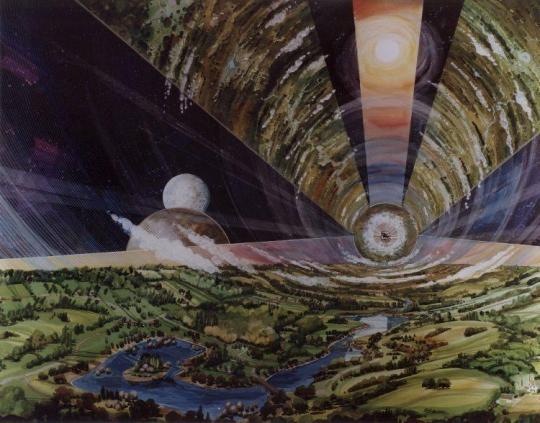
Gerard K O'Neill design from the 1970s for a space station colony — 2 cylinders rotate in opposite directions to provide artificial gravity and keep the station aimed at the sun. A similar colony appears at the end of Interstellar (2014). More here: https://publicdomainreview.org/collection/space-colony-art-from-the-1970s
75 notes
·
View notes
Note
In your own words, what do you think is the legacy of Dr./Prof. Gerard K. O'Neill and how has his futuristic ideas impacted and/or connected with your own life, and how would you like to see his legacy continue into the next half of this century... Maybe even having manned space settlements on O'Neill cylinders becoming a reality before the sun rises on January 1st, AD 2100 back here on Earth?
I would appreciate it if you publish the answer on your blog. 😉
What?
8 notes
·
View notes
Text
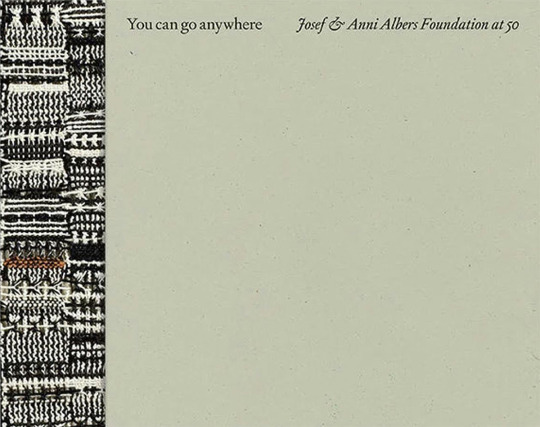
You can go anywhere – The Josef and Anni Albers Foundation at 50, Edited by Edouard Detaille and Willem van Roij, Designed by Graphic Thought Facility, The Josef and Anni Albers Foundation, Bethany, CT, 2022 [Yvon Lambert, Paris. Les presses du réel, Dijon. David Zwirner Books, New York, NY]
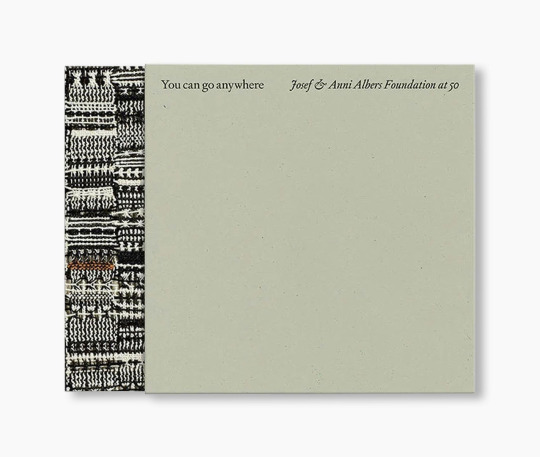

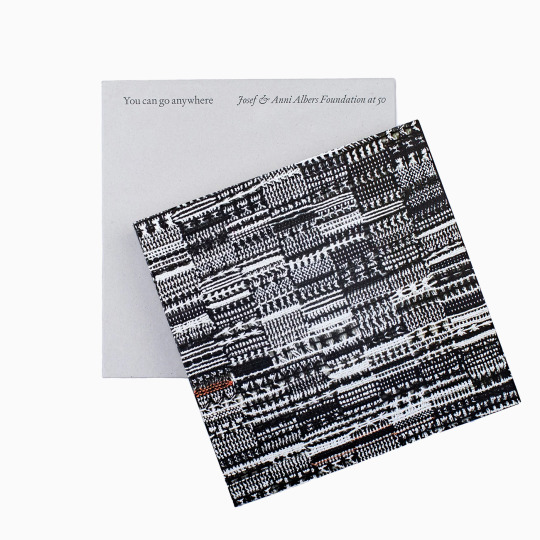




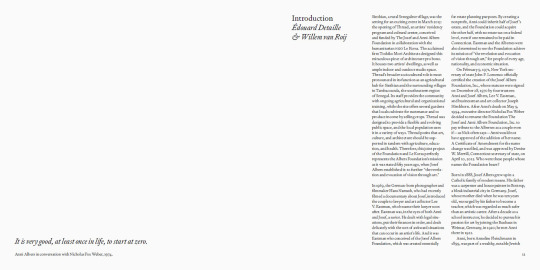


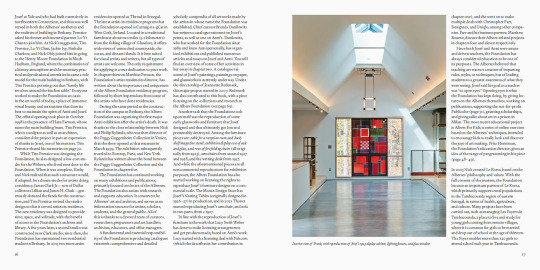
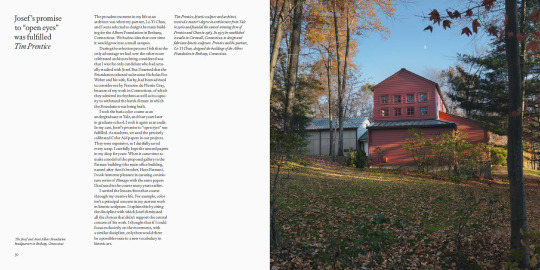
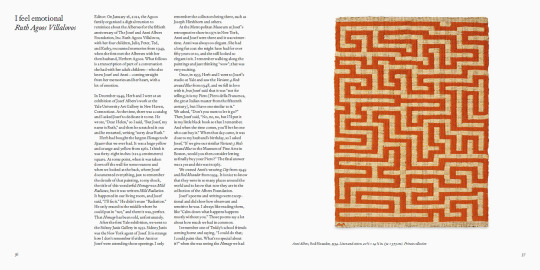

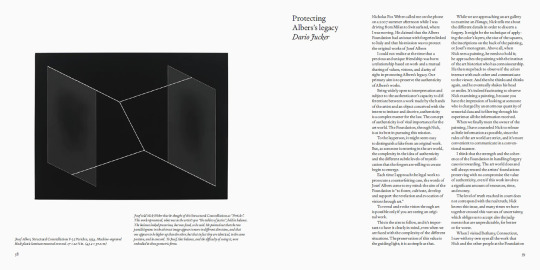



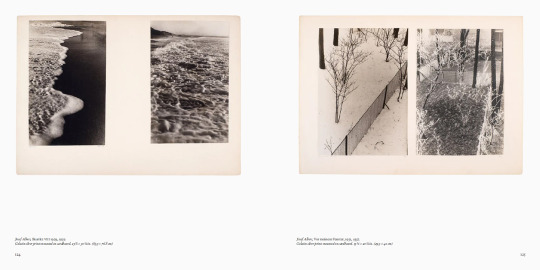
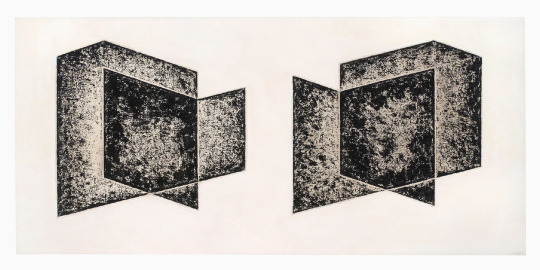

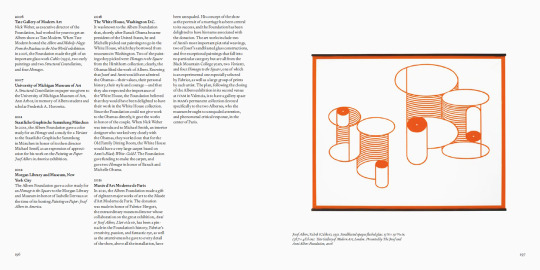
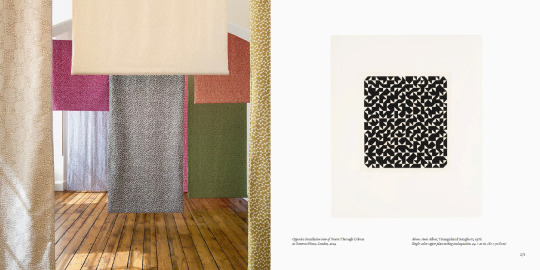


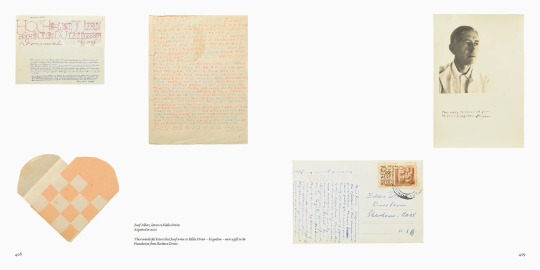

Contributors: Laurent Van Reepinghen, Adhiraj Shekhawat, Josh Slocum, Louis Valentin, Matthias Persson, Charles Lemonides, Charlotte Fox Weber, Robbie Smith, Lucy Swift Weber, Victoria Ebin, Fiona Kearney, Hans Renders, Brigitte Degois, Eve Tribouillet-Rozencweig, Gilles Degois, Vincent Broqua, Fabrice Hergott, Raffi Kaiser, Francois Olislaeger, Giovanni Hänninen, Alberto Amoretti, Erika Goldman, Francois Gibault, Belle Place, Nancy Weber, Patrick Dewavrin, Nick Murphy, Bruno Racine, Gerard Sénac, Louis Racine, Daniele Reiber, Robert Devereux, Elena Arzak, Marta Arzak, Daphne Warburg Astor, Atlante, Chiara Graffer, Dario Jucker, Matthew Bourne, Wayne McGregor, Rebecca Salter, Heinz Liesbrock, Paul Smith, Emilia Terragni, Michael Semff, Mando Watson, Shane O'Neill, Nicolas Fox Weber, Paolo Papone, Pierre-Alexis Dumas, Manuel Herz, Alan Riding, Elisa Nocentini, María Toledi, Manuel Fontan del Junco, Christopher Farr, Katherine Weber, Michael Beggs, Mickey Cartin, Brenda Danilowitz, John Eastman, Louise Eastman, Kelly Feeney, George Gibson, John Gordon, Allegra Itsoga, James Green, Jackie Ivy, Fritz Horstman, Charles Kingsley, Emma K. Lewis, Pierre Thiam, Philip Rylands, Andy Seguin, Clarisse Baleja Saïdi, Sarah Meister, Toshiko Mori, Melanie Niemiec, Tim Prentice, Jeannette Redensek, Ruth Lande Shuman, Anne Sisco, Christine Vincent, Molly Wheeler, Victoria Wilson, Martina Yamin, Paul Neale, David Pilling, Ruth Agoos Villalovos, Magueye Ba, Seydou Badiane, Jaime Yaya Barry, Shannon Hart, Maimouna Ka Sow, Saliou Seck, Moussa Sene, Mamadou Cisse Kante, Bamba Sagna, Lassana Keita, Massamba Camara, Abib Dieye, Saliou Diop, Augustin Diouf, Moustapha Diouf, Lucas Zwirner, David Leiber, David Zwirner
#graphic design#art#design#textile#art education#design education#school#catalogue#catalog#cover#box#anni albers#josef albers#edouard detaille#willem van roij#graphic thought facility#the josef and anni albers foundation#yvon lambert#les presses du réel#david zwirner#david zwirner books#2020s
14 notes
·
View notes
Text
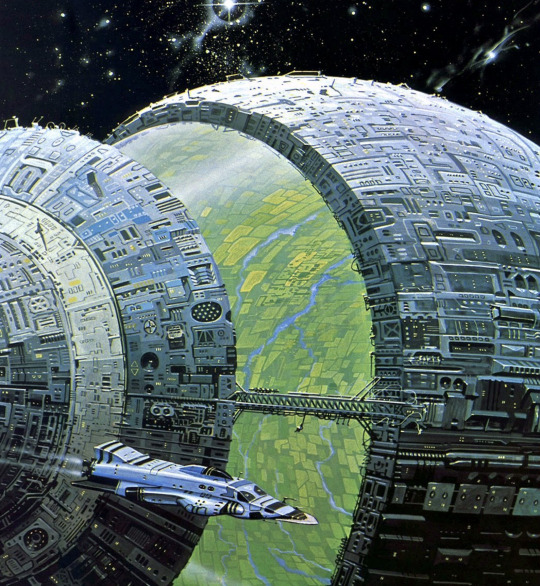
Angus McKie's cover art for "The High Frontier: Human Colonies in Space" by Gerard K. O'Neill, 1978.
6 notes
·
View notes
Text
youtube
The High Frontier: The Untold Story of Gerard K. O'Neill
full 2021 documentary (with ads)
0 notes
Text
1 note
·
View note
Photo


Diagram of position determination using satellites. Patented by Gerard K. O'Neill
Source: US Patent 4359733A
0 notes
Text
The overview effect

A wild dreambut the author programs it provocatively within the bounds of science, letting it grow out of the awe he shows to be at the root of the Overview Effect. White sees space explorers as ``explorer fish,'' venturing into space and, while creating new civilizations in three stages that he calls Terra, Solarius and Galaxie, furthering new growth in their own human evolution. More than three decades ago, Frank White coined the term Overview Effect to describe the cognitive shift that results from the experience of viewing the Earth from space and in space, from orbit or on a lunar mission. The term was used by Frank White in his 1987 book The Overview Effect: Space Exploration and Human Evolution to describe the incredible stories from astronauts who describe the feelings and thoughts they had when viewing the Earth from the outside, and the changes that the effect inspired. ""Jake'' Garn, who was a shuttle traveler before the Challenger tragedy. Coined by Frank White, author and philosopher, in his 1987 book of the same name, the overview effect is a term used to describe the emotions experienced. What is The Overview Effect The Planetary Collective describes its short film, Overview, thusly: Astronauts who have seen the Earth from space have often described the ‘overview effect’ as an experience that has transformed their perspective of the planet and mankind’s place upon it, and enabled them to perceive it as our shared home, without boundaries between nations or species. The Overview Effect is the psychological, emotional, and spiritual results from viewing the Earth from space. Indigenous peoples seem to have an understanding of this oneness and unity, but it has escaped many people living within western cultures until now. More than 30 years ago, Frank White used the term Overview Effect to describe the new awareness that is born in the psyche after viewing the Earth from. Focusing less on emerging technology than on what he terms the Overview Effectthe paradigm shift experienced by astronauts who've responded deeply to the sight of Earth from spacehe here interviews 24 astronauts ranging from Yuri Gagarin and Alan Shepard to Sen. The overview effect is the truth of who we are and where we are in the cosmos, White told me. A number of astronauts have attributed deep feelings of awe and even self-transcendence to this experience (e.g. The overview effect, as the experi-ence is called, refers to a profound reaction to viewing the earth from outside its atmosphere White (1987). While we are limited by our perspective here on Earth, astronauts get the unique ability to look at our planet from the cosmos. tremendous must be the effect of an in-person experience. In his view, a new space movement is beginning, one which will require a philosophically grounded policy to drive it. The Overview Effect The overview effect was coined by author and philosopher Frank White (Jordan, n.d.) to describe the overall experience astronauts have when looking at Earth from space. O'Neill and their visionary ilk in presenting his theories on our space future. With his first book, White, a Boston systems-management consultant and writer for space journals, joins ranks with space-colonization evangelists Carl Sagan, Gerard K. More than three decades ago, Frank White coined the term Overview Effect to describe the cognitive shift that results from the experience of viewing the Earth.

0 notes
Text

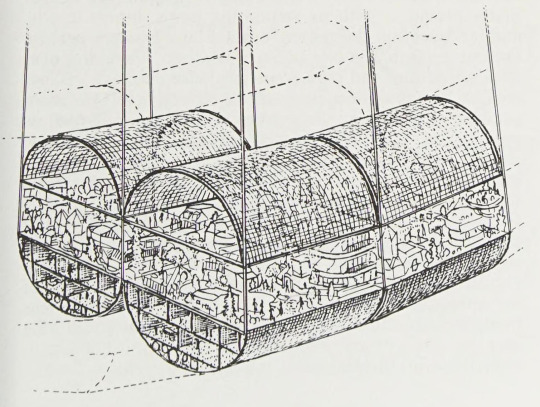

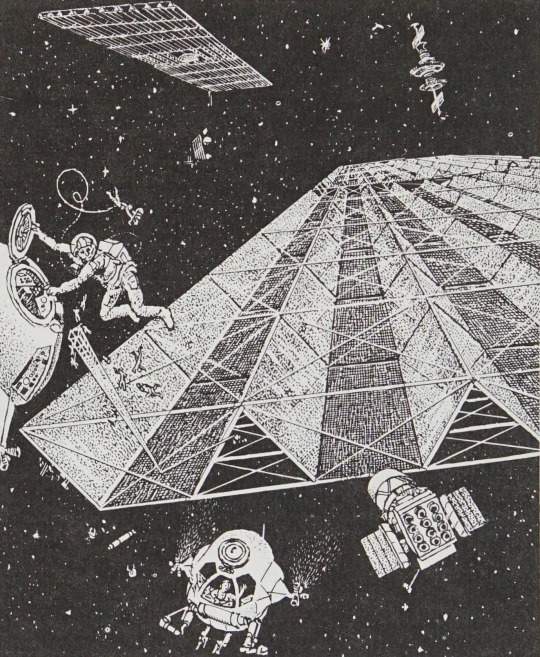
Don Davis illustrations for The High Frontier by Gerard K. O'Neill, 1989 edition.
#space#space art#future#space colony#don davis#donald e. davis#shuttle#space shuttle#retrofuture#scientific illustration
202 notes
·
View notes
Text
Creating a Cover, by Peter Thorpe
Peter Thorpe is a master illustrator and designer with a long and illustrious career. He enjoyed early success with work for St. Martin's Press, Viking Penguin, and Harper & Row. For Viking, he did the cover of Frederick Forsyth's The Fourth Protocol and Garrison Keillor's Lake Wobegon Days, both number one best sellers. Thorpe came to specialize in mysteries, Americana and espionage, doing covers for series published by Warner Books (Larry Bond, Ross Thomas, Elizabeth Peters, Harold Adams), Harper & Row (Desmond Bagley, Hammond Innes, Len Deighton, Fred Harris), St. Martin's Press (Gregory Bean, Laura Crum), Doubleday (Daniel Easterman) and Random House (Thomas Perry). He has created covers for authors such as Nelson Algren, Desmond Bagley, John Calvin Batchelor, William Bernhardt, Terry Bisson, David Cole, Peter DeVries, Daniel Easterman, Thomas Fleming, John Fuller, Michael Gannon, Wendy Hornsby, M. T. Kelly, Brad Linaweaver, Jack London, Walter M. Miller, Jr., Joseph Monninger, Gerard K. O'Neill, Sharon Kaye Penman, Scott Rice, Dana Stabenow, John Trenhaile, Cay Van Ash and Judith Van Gieson.
Here, Thorpe describes for us one of his first jobs as a cover designer...
------------------------------------------
I moved to New York City in 1980, right out of art school, with the idea of working as a freelancer in book publishing. I had discovered in college that I was very comfortable working with type, something that eluded most of my fellow illustration students. So I focused on showing my portfolio to publishers who, at the time, would job out a book cover design to a designer, and the illustration to an illustrator. Being able to do both was a plus and I discovered the publishers were eager for someone like me.
I found early work with St. Martin’s Press and Viking Penguin, and in 1984 started doing covers for Harper & Row. The Creative Director there, Joseph Montebello, gave me free rein on design and I experimented quite a bit with type design. I was in his office in early 1986, handing in a job, when he told me he had a mystery title that involved modern day Navajos, and that he was having a hard time finding someone to give it a proper treatment. The book was Skinwalkers by Tony Hillerman. I told him I was 1/8 Cherokee, and he said, “Good enough, you do it.” Never mind that although my heritage was true, I had never been to an Indian reservation or even met a Native American, and my folks never talked about that side of the family. But that didn’t matter to Joseph, he figured if it was in my blood, then I was right for the job.
In those days most of my visual research was done at the New York Public Library’s Picture Collection. It was housed in a building on Fifth Ave. across from the main library branch. I told the people at the desk what categories I wanted to research and they guided me to files stuffed with images of the subject. Images were taken out of books and magazines or photos from news sources or the like, all mounted on stiff paper. For Skinwalkers, I told them I wanted to look at Navajo images and they gave me several large folders. There were all sorts of photos and illustrations of Navajo hogans and rug weaving and of the landscapes of the reservation. But one thing kept showing up...images of Navajo
sand paintings. These beautifully designed images fascinated me. In Hillerman’s manuscript Navajo shaman and their healing rituals, which included sand paintings, played a role. They were not the main focus of the book, but the sand paintings seemed to me to nicely represent their culture, and I decided to try to use that imagery in the cover design.

I met with a bit of resistance from the editors at first, but Joseph Montebello stood up for me and argued that I was going in the right direction. In the end I used a sand painting border for the Skinwalkers cover. It surrounds a scene from the reservation with a skull in the foreground. I decided to paint the finish on handmade paper to keep with the Native American feel. I used an old wood type font for the title and author name. The book surprised us all by hitting the bestseller list, so Harper & Row came back to me for the next book in the series and by the time I had done a few of them I had established a consistent look that used sand painting elements, old wood type fonts and handmade paper backgrounds as the design standard. For twenty years, until the author’s death, I continued to do the covers for his Harper & Row/Harper Collins first editions, paperbacks (including back titles), omnibuses, and related materials such as slipcase illustrations, point of purchase posters, risers and maps. For each first
edition they had me call the author to discuss the cover. Tony was great fun on the phone, telling me stories about his life and relationship with the publisher, but as for the covers he always said, “Do whatever you want to Peter, the covers have worked well so far!”


2 notes
·
View notes
Photo






The O'Neill cylinder is a space settlement concept proposed by American physicist Gerard K. O'Neill in his 1976 book The High Frontier: Human Colonies in Space. O'Neill proposed the colonization of space for the 21st century, using materials extracted from the Moon and later from asteroids.
Jeff Bezos unveils his sweeping vision for humanity’s future in space
50 Years After Moon Landing, Billionaires Back Grandiose Visions for Space
Here's Everything Jeff Bezos Said to Convince Humanity That Space Colonies Are the Future
118 notes
·
View notes
Video
youtube
Fantastic "The Roundtable" interview with Isaac Asimov & Gerard K. O'Neill, where they talk about space colonization. Originally aired on WNET New York this piece of Space History, unseen since its original local broadcast in 1975. Via The Space Studies Institute
#Space#colonization#Space Stations#Isaac Asimov#Gerard O'neill#Interview#1970s#Broadcast#Science#Engineering#SciFi#Moon#Lunar#History#original
311 notes
·
View notes
Photo

Currently reading, Space Settlements by @sevensixfive and I am particularly enjoying his elaborations on the psychology of living in space both the challenges of living in a burstable bubble at the top of a 'bottomless pit' with all the dangers of solar radiation and bolides ready to swat you out of existence. And the design possibilities to help combat that and make humans feel at home. . Image above by Angus McKie shows the large window sections of Gerard K O'Neill's island 3 design. These to me seem counter intuitive in that: a) they waste space that could otherwise be land area which is the main goal of building habitats in space. b) although silicon is fairly abundant in meteoroids making it thick enough and strong enough modularly could be an expensive endeavour in relation to other alternatives. And finally c) they open up the horizons to the vast emptyness of space which could reinforce the psychological threats that could otherwise be masked by rolling countryside or bustling city. . I'd argue that it would be more beneficial to almost entirely block off all outside view's including the end caps with the exception of structures extruding from the cylinder and small windows. Using artificial light (as power is not an issue at this stage) or a series of reflectors to give daylight to the habitat as opposed to mirrors which would also have to be built to withstand the higher gravity of being connected to the cylinder and extended outward past the 1g elevation. . . . #space #spacetravel #spacestation #spacecolony #wearegoing #spaceship #scifi #scificoncept #scifiart #sciencefiction #futurism #tech #spaceistheplace #oneillcylinder #spacehabitat https://www.instagram.com/p/BzbJxSqB3KO/?igshid=ey5j8wbigmdj
#space#spacetravel#spacestation#spacecolony#wearegoing#spaceship#scifi#scificoncept#scifiart#sciencefiction#futurism#tech#spaceistheplace#oneillcylinder#spacehabitat
3 notes
·
View notes